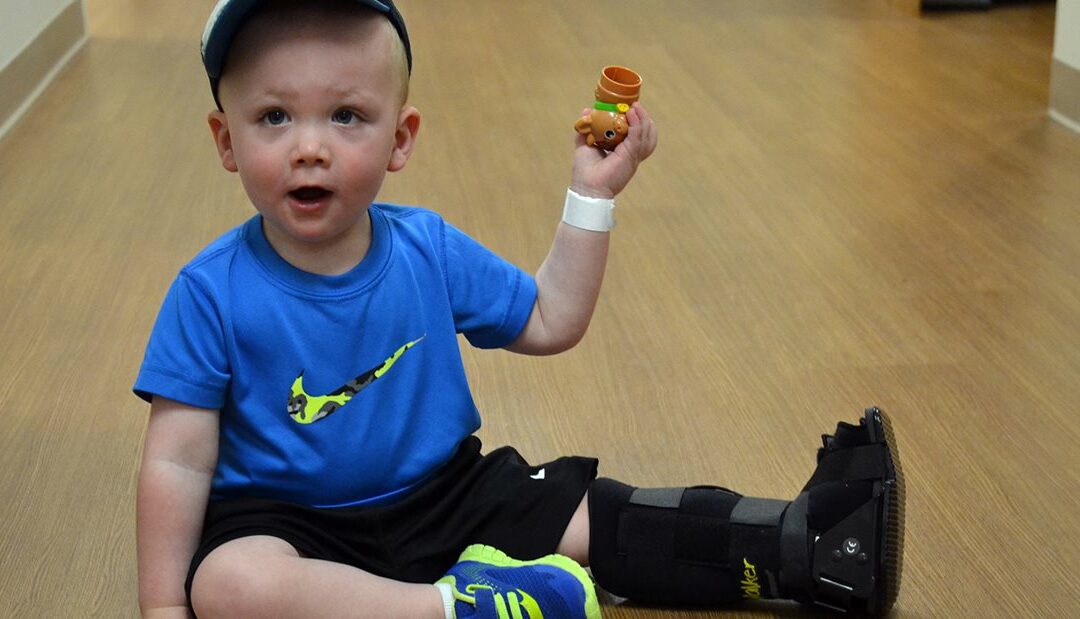
Six Ways to Prevent Toddler Fractures
Here are some common toddler injuries we see in our Fracture Clinic:
Toddler’s fracture is a small break in the bone of the lower leg usually caused by a simple fall or a twisting injury. A common way these injuries occur is when a child’s foot is caught on a playground slide while going down the slide with a parent.
Nursemaid’s elbow occurs with a sudden forceful pull on an outstretched arm. This may happen when someone picks up the child or swings him or her by the arms. With this problem, the child often refuses to use the arm and holds it in a flexed position.
Fingertip injuries occur in thousands of young children each year, and they typically wind up in an outpatient clinic or emergency room. These injuries often result from accidents with common items such as home and car doors, drawers or scissors.
Broken bones from falls and collisions occur when playing with larger, stronger and faster kids or on equipment that is not age-appropriate.
Lessons to Learn:
- Do not pick up or tug on your child while holding only his or her hands or wrists; this can put stress on the elbow.
- Do not swing your child around when holding only their hands or wrists.
- Toddlers should use age-appropriate playground equipment and slides.
- Toddlers should ride down a playground slide alone.
- Watch your toddler closely when climbing or playing with bigger kids.
- Doors, drawers and sharp objects are not toys and young children should not play with them.
As experts in managing fractures and other injuries in growing bones, we are here for you when you need us. Learn more about our Fracture Clinic
